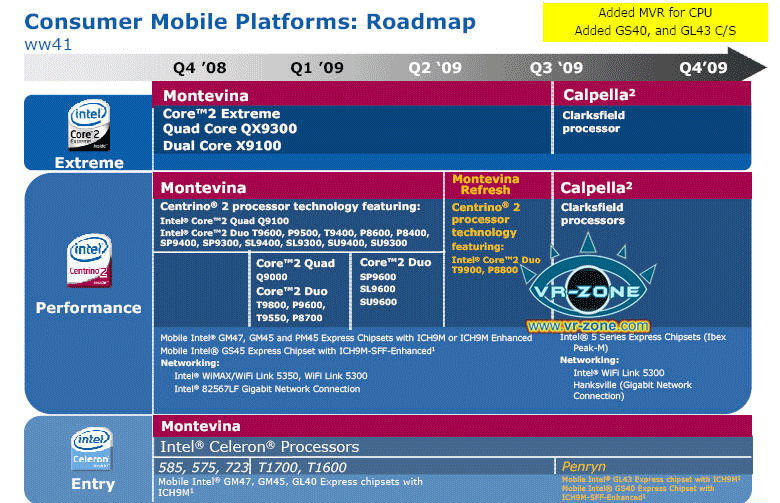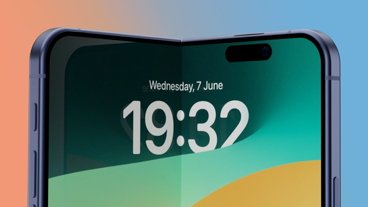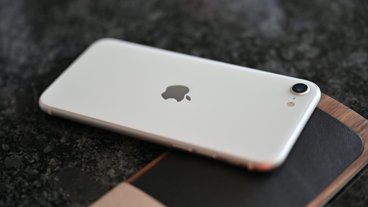Apple's current MacBook Pros employ a "P" series, medium voltage (25W) P8600 2.4GHz chip at the low end, and a "T" series, standard voltage (35W) T9400 2.53GHz chip at the high end.
The T series chip costs the company roughly $32 less than the P series, according to pricing estimates published on the web, but runs slightly hotter. Apple also offers a build-to-order option on the MacBook Pro that lets customers choose a "T" series, standard voltage (35W) T9600 2.8GHz chip for a $300 premium. The chip costs the company roughly $200 to $250 more than the 2.53GHz variants, according to estimates.
Citing sources at Taiwanese notebook makers, DigiTimes claims Intel will refresh these Montevina-based Core 2 Duo offerings in April by adding two new variants: a P8800 running at 2.66GHz and a T9900 clocking in at 3.06GHz.
VR-Zone earlier in the week provided corroborating evidence to this end via a series of leaked Intel roadmap presentation slides. The visuals list the two chips as arriving anytime from mid-to-late second quarter, which runs April through June.
At this juncture, Apple could presumably bump its 15-inch MacBook Pro configurations up to standard frequencies as high as 2.66GHz and 2.8GHz, with a 3.06GHz build-to-order option. Alternatively, it could inch standard configurations up to 2.53GHz and 2.66GHz, leaving the 2.8GHz and 3.06GHz chips as potential build-to-order choices. It should be noted, however, the 17-inch unibody MacBook Pro should be in the mix by this time, potentially adopting one of the remaining high-end chips, such as the 2.8GHz.
The spring refresh is expected to be the last to hit Intel's Montevina platform before the chipmaker turns to its new and broad Nehalem architecture, which has since officially been dubbed the "Core i7." Calpella is the code-name for Intel's Core i7-based mobile platform, which will umbrella chips currently referenced by the "Clarksfield" code-name (the same way that Montevina umbrellas mobile chips from the Penryn family). [Dizzy yet?]
With the launch of Calpella not scheduled until the third quarter of 2009 at the earliest, few if any hard specifications are known about its new mobile chips. More generally, however, it's been speculated that Calpella processors will be based on a 32-nanometer manufacturing process and possibly abandon the use of separate northbridge and southbridge chipsets for components that will be integrated into some of its processor families.
A bit earlier next year, Intel also plans to introduce its new GM47 integrated graphics chipset with a 1066MHz front-side bus and 640MHz graphics core frequency. Given Apple's emphatic endorsement of NVIDIA's new chipsets across its notebook lines, it's unlikely the company holds any plans to adopt the new Intel part.
Update: Charts and story text updated to reflect confirmation that the 2.53GHz Intel processor employed by the unibody MacBook Pro is the "T" series, standard voltage (35W) T9400, and that Apple is not using the "P" series, medium voltage (25W) P9500.
 AppleInsider Staff
AppleInsider Staff









-m.jpg)






 Wesley Hilliard
Wesley Hilliard
 Malcolm Owen
Malcolm Owen
 Andrew Orr
Andrew Orr
 William Gallagher
William Gallagher
 Sponsored Content
Sponsored Content
 Christine McKee
Christine McKee

 Thomas Sibilly
Thomas Sibilly







46 Comments
I feel like such a nerd because I actually understood that article. Ugh.
What a colossal embarassment for Intel to have nVidia
come and eat their lunch like they have. I guess it's good
comeuppance for Intel to get their noses rubbed in it since
they haven't had to worry about AMD doing it in recent years.
Core i7 (just rolls off the tongue doesn't it?) mobile coming
late 09 isn't a bad thing. Montevina isn't a bad and Apple needs
to have Snow Leopard up to snuff once Nehalem hits server, desktop
notebooks.
I'm curious to know what nVidia does for an MCP79 encore. I don't
know how long they keep their chipsets in the market but I figure that
by mid 2010 they'll have a successor. Will it be enough to keep Apple on
their chipset? We'll see.
Is it just me or are those images really distorted and unreadable? Also the main site logo is farked up...
I feel like such a nerd because I actually understood that article. Ugh.
I was about to say... this is all such "inside baseball" stuff. Consumers don't care one bit about it.
I was about to say... this is all such "inside baseball" stuff. Consumers don't care one bit about it.
We're called Apple"inside"r =P
K